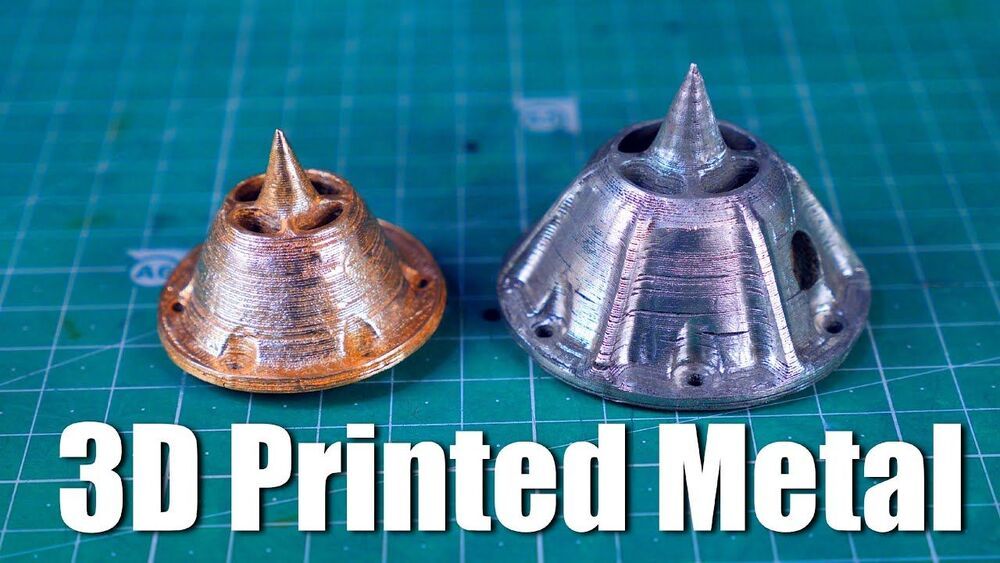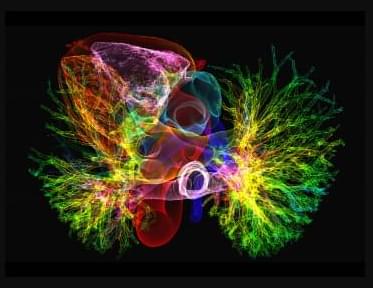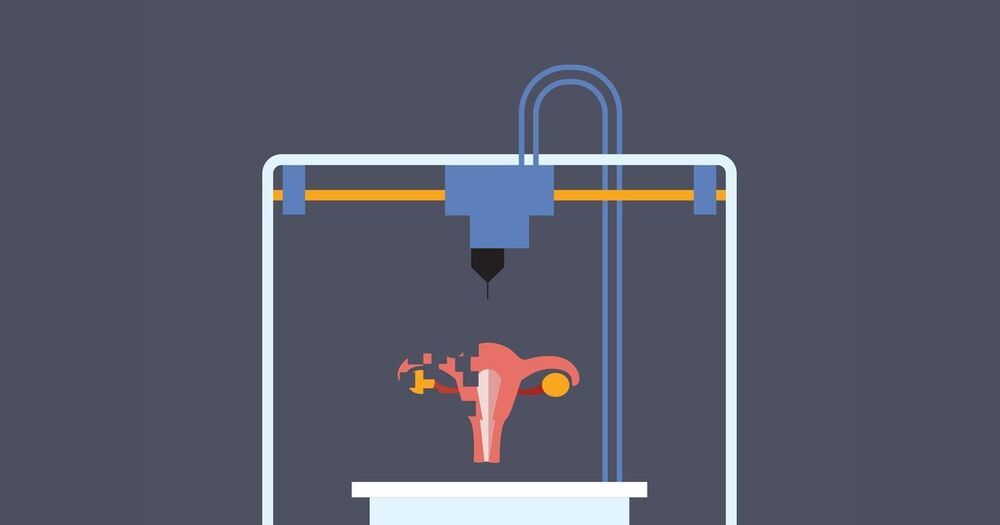Archive for the ‘3D printing’ category: Page 37
Sep 4, 2021
New bioink brings 3D-printing of human organs closer to reality
Posted by Shailesh Prasad in categories: 3D printing, bioengineering, biotech/medical
Researchers at Lund University have designed a new bioink which allows small human-sized airways to be 3D-bioprinted with the help of patient cells for the first time. The 3D-printed constructs are biocompatible and support new blood vessel growth into the transplanted material. This is an important first step towards 3D-printing organs.
Therefore, researchers are looking at ways to increase the amount of lungs available for transplantation. One approach is fabricating lungs in the lab by combining cells with a bioengineered scaffold.
Aug 22, 2021
3D Printing Liquid Crystal
Posted by Genevieve Klien in categories: 3D printing, chemistry
If you think at all about liquid crystals, you probably think of display technology. However, researchers have worked out a way to use an ink-jet-like process to 3D print iridescent colors using a liquid crystal elastomer. The process can mimic iridescent coloring found in nature and may have applications in things as diverse as antitheft tags, art objects, or materials with very special optical properties.
For example, one item created by the team is an arrow that only appears totally green when viewed from a certain angle. The optical properties depend on the thickness of the material which, being crystalline, self-organizes. Controlling the speed of deposition changes the thickness of the material which allows the printer to tune its optical properties.
The ink doesn’t sound too exotic to create, although the chemicals in it are an alphabet soup of unpronounceable organic compounds. At least they appeared available if you know where to shop for exotic chemicals.
Aug 19, 2021
Scientists 3D Print Living, Viable Brain Tumor, to Practice Killing It
Posted by Jason Blain in categories: 3D printing, biotech/medical, neuroscience
A team of mad scientists successfully 3D-printed out a living, “viable” glioblastoma tumor — the deadliest kind of brain cancer — for the express purpose of learning how to kill it.
Practice makes perfect!
Aug 15, 2021
NASA’s latest space station cargo includes a 3D printing system for lunar soil
Posted by Genevieve Klien in categories: 3D printing, habitats, space
NASA has edged one step closer to building Moon and Mars colonies using the celestial bodies’ soil. Universe Today notes that NASA’s latest International Space Station resupply mission included a machine meant to demonstrate 3D printing regolith (that is, loose soil or rock) on the Moon and similar extraterrestrial surfaces.
The Redwire Regolith Print (RRP) project will work in tandem with an existing printer system (ManD) to try 3D printing simulated regolith. If that succeeds, the ISS crew will gauge the strength of the resulting material to see if it can handle the harsh conditions beyond Earth.
If all goes well, RRP could lead to colonists printing at least some of their habitats on-demand. That, in turn, could reduce the volume of construction supplies NASA brings to the Moon and Mars. Scientists have envisioned soil-based habitats for years, but this test is relatively realistic — it’s an attempt at 3D printing soil in lower gravity. While there will still be much work to do, the long-term goals for Artemis and future Mars missions may be that much more achievable.
Aug 11, 2021
Could We Explore the Entire Galaxy With Self-Replicating Robots?
Posted by Quinn Sena in categories: 3D printing, environmental, nuclear energy, physics, robotics/AI, solar power, space, sustainability
Circa 2016
Scientists and engineers since the 1940s have been toying with the idea of building self-replicating machines, or von Neumann machines, named for John von Neumann. With recent advances in 3D printing (including in zero gravity) and machine learning AI, it seems like self-replicating machines are much more feasible today. In the 21st century, a tantalizing possibility for this technology has emerged: sending a space probe out to a different star system, having it mine resources to make a copy of itself, and then launching that one to yet another star system, and on and on and on.
As a wild new episode of PBS’s YouTube series Space Time suggests, if we could send a von Neumann probe to another star system—likely Alpha Centauri, the closest to us at about 4.4 light years away—then that autonomous spaceship could land on a rocky planet, asteroid, or moon and start building a factory. (Of course, it’d probably need a nuclear fusion drive, something we still need to develop.)
Continue reading “Could We Explore the Entire Galaxy With Self-Replicating Robots?” »
Aug 10, 2021
3D-printed hearts with ‘beating’ tissue could ease organ donor shortage
Posted by Quinn Sena in categories: 3D printing, biotech/medical
O,.o circa 2019.
Harvard scientists used living human cells to 3D-print functional heart tissue for an artificial heart, which could help ease donor organ shortages.
Aug 10, 2021
Scientists 3D Print Mouse Ovaries That Actually Make Babies
Posted by Quinn Sena in categories: 3D printing, biotech/medical
O,.o circa 2,017 woah o.o!!!
Researchers used “tissue as ink” to squirt out ovaries that successfully grew mouse pups.
Aug 4, 2021
How I 3D Printed a Metal Aerospike Rocket at Home
Posted by Randy Campbell in category: 3D printing

You can get 50% off your first month of ANY crate by going to http://kiwico.com/Integza50.
Follow me on Instagram: https://www.instagram.com/integzaa/
Tree Killer: @I did a thing.
Continue reading “How I 3D Printed a Metal Aerospike Rocket at Home” »
Aug 3, 2021
Hands to print | Russian tech firm gifts kid with 3D-printed arms
Posted by Derick Lee in categories: 3D printing, biotech/medical, cyborgs

A Skolkovo tech company presents its 3D printing production technology for prosthetic limbs.
Follow us on Telegram https://t.me/rtintl / https://t.me/rtvisual















